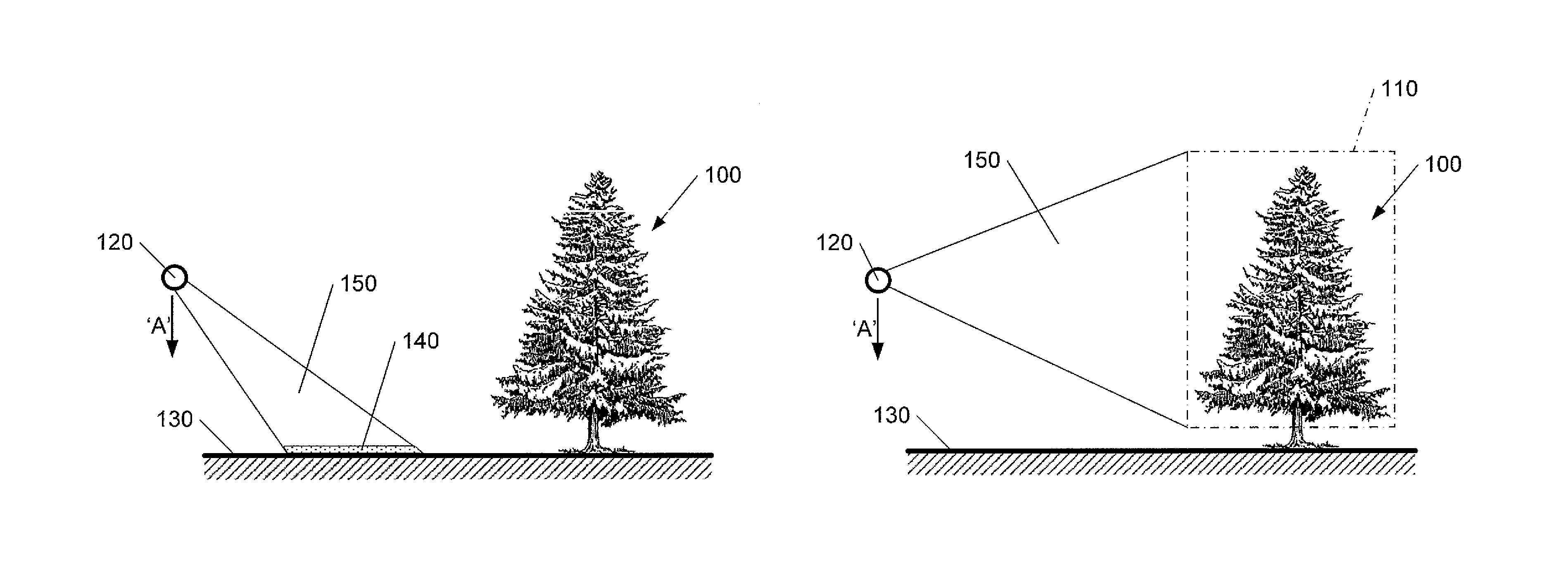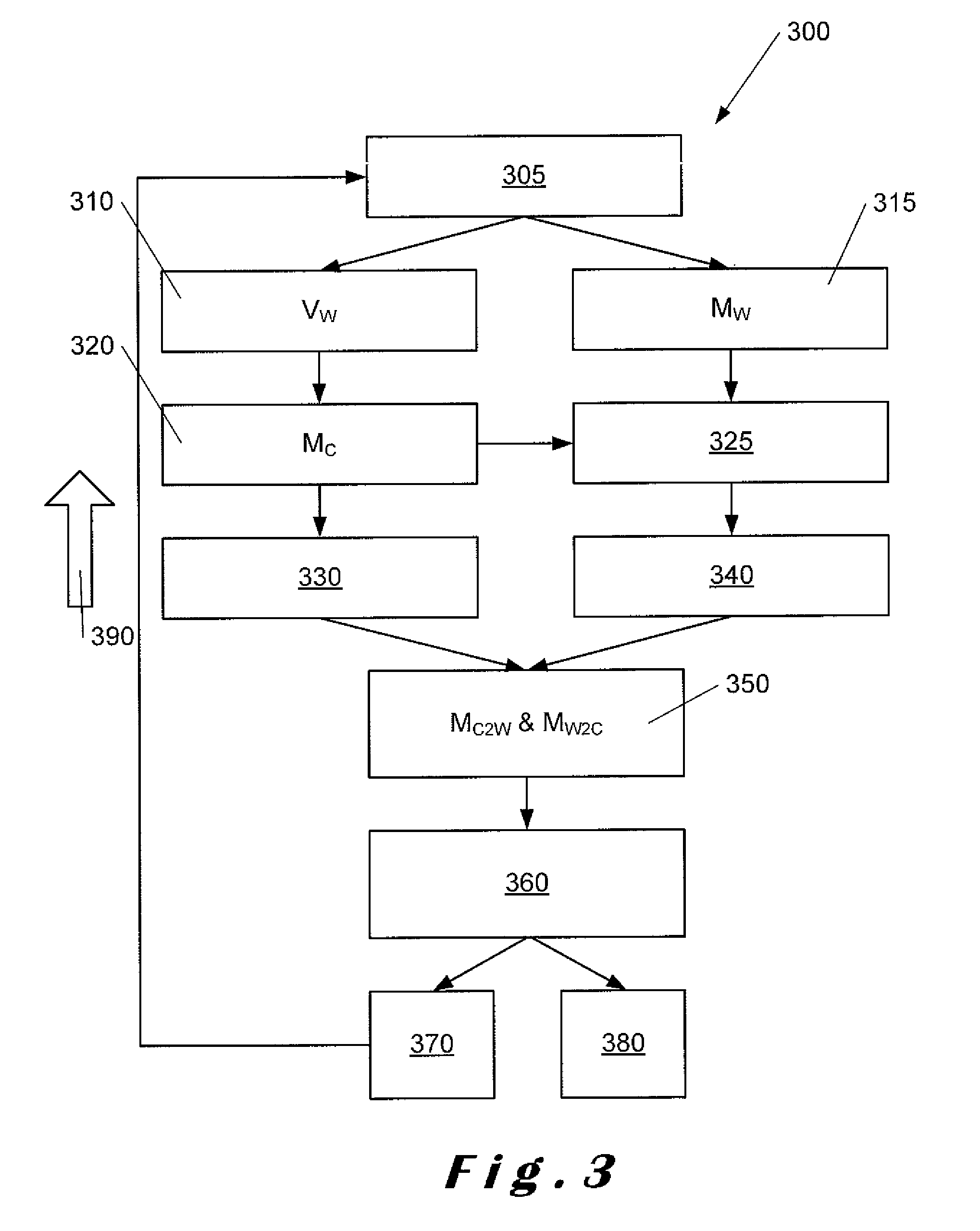Automatic scene calibration
a three-dimensional (3d) sensing camera and automatic calibration technology, applied in the field of camera calibration, can solve the problems of not being able to correct for all possible orientations of 3d cameras, the orientation of the camera is not known, and the calibration is most often performed, so as to improve the accuracy and reduce the visibility of the ground. , the effect of automating the calibration process
- Summary
- Abstract
- Description
- Claims
- Application Information
AI Technical Summary
Benefits of technology
Problems solved by technology
Method used
Image
Examples
Embodiment Construction
[0068]The present invention will be described with respect to particular embodiments and with reference to certain drawings but the invention is not limited thereto. The drawings described are only schematic and are non-limiting. In the drawings, the size of some of the elements may be exaggerated and not drawn on scale for illustrative purposes.
[0069]It will be understood that the terms “vertical” and “horizontal” are used herein refer to particular orientations of the Figures and these terms are not limitations to the specific embodiments described herein.
[0070]The present invention relates to a method and a system for geometric calibration of machine vision. It more particularly concerns the calibration of a three-dimensional (3D) camera, and includes static and dynamic detection modes of the extrinsic camera parameters in order to improve the management and analysis of a captured scene. Such calibration includes the determination of a camera rotation and translation from the rea...
PUM
 Login to View More
Login to View More Abstract
Description
Claims
Application Information
 Login to View More
Login to View More - R&D
- Intellectual Property
- Life Sciences
- Materials
- Tech Scout
- Unparalleled Data Quality
- Higher Quality Content
- 60% Fewer Hallucinations
Browse by: Latest US Patents, China's latest patents, Technical Efficacy Thesaurus, Application Domain, Technology Topic, Popular Technical Reports.
© 2025 PatSnap. All rights reserved.Legal|Privacy policy|Modern Slavery Act Transparency Statement|Sitemap|About US| Contact US: help@patsnap.com



